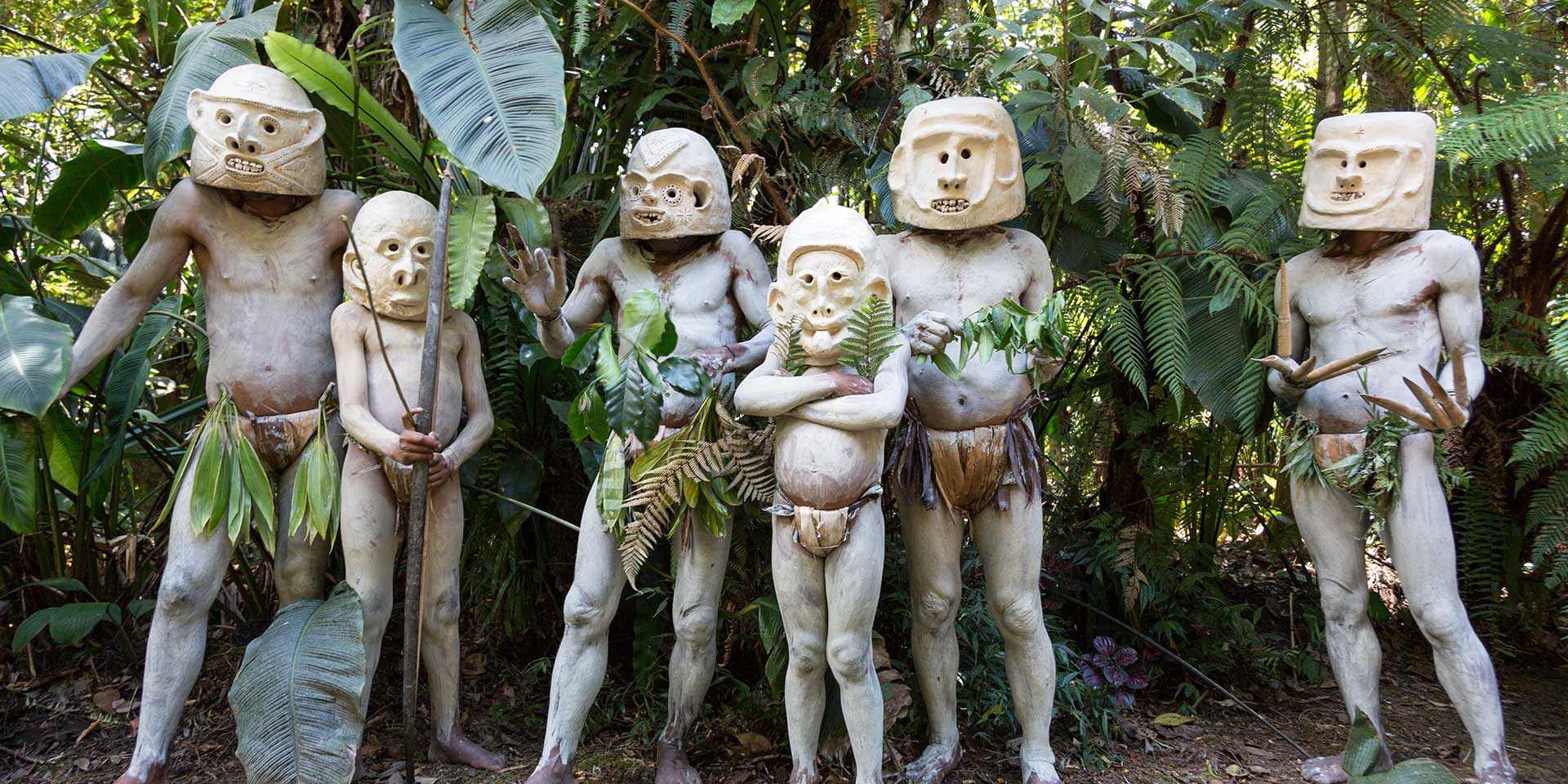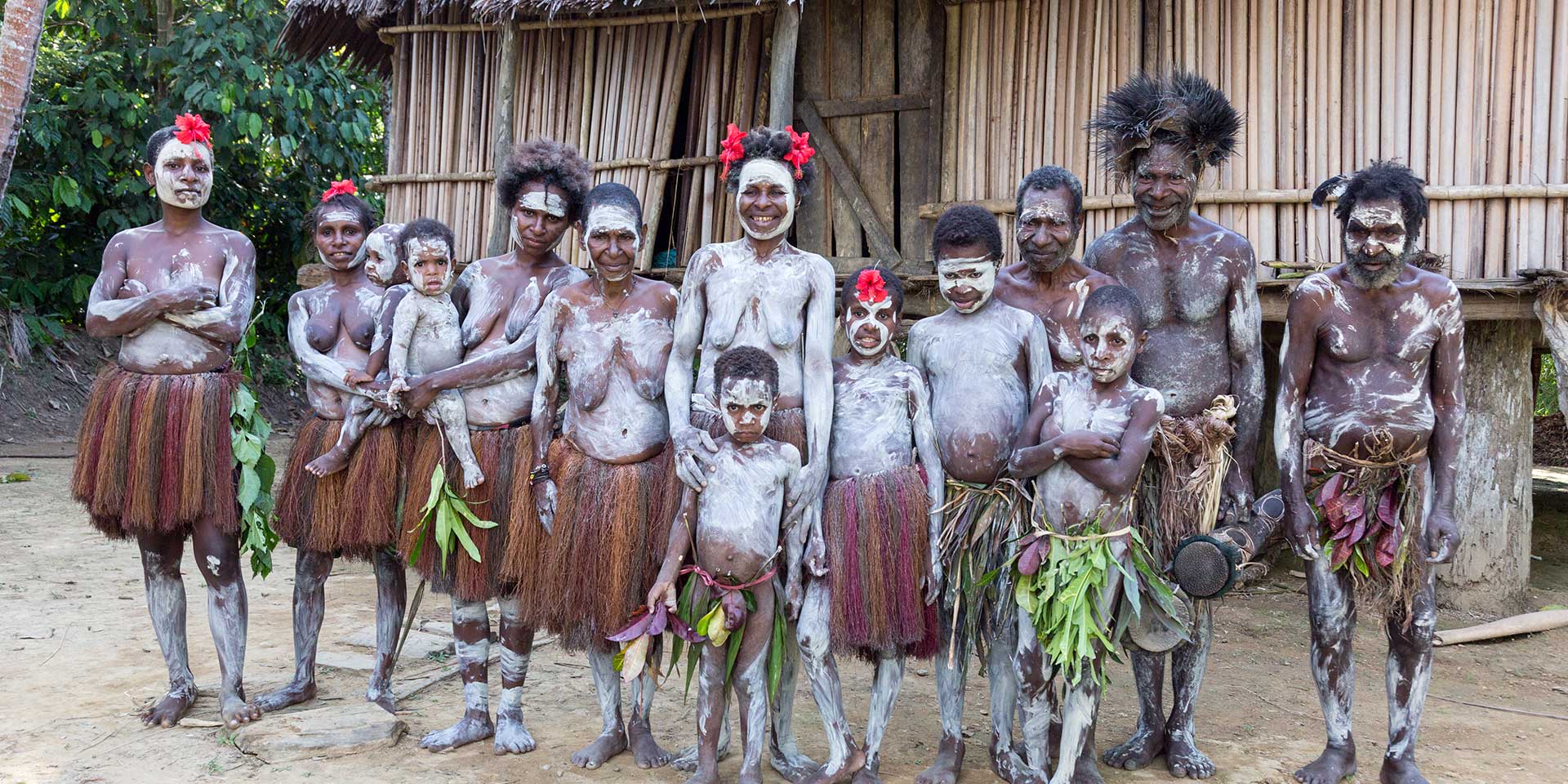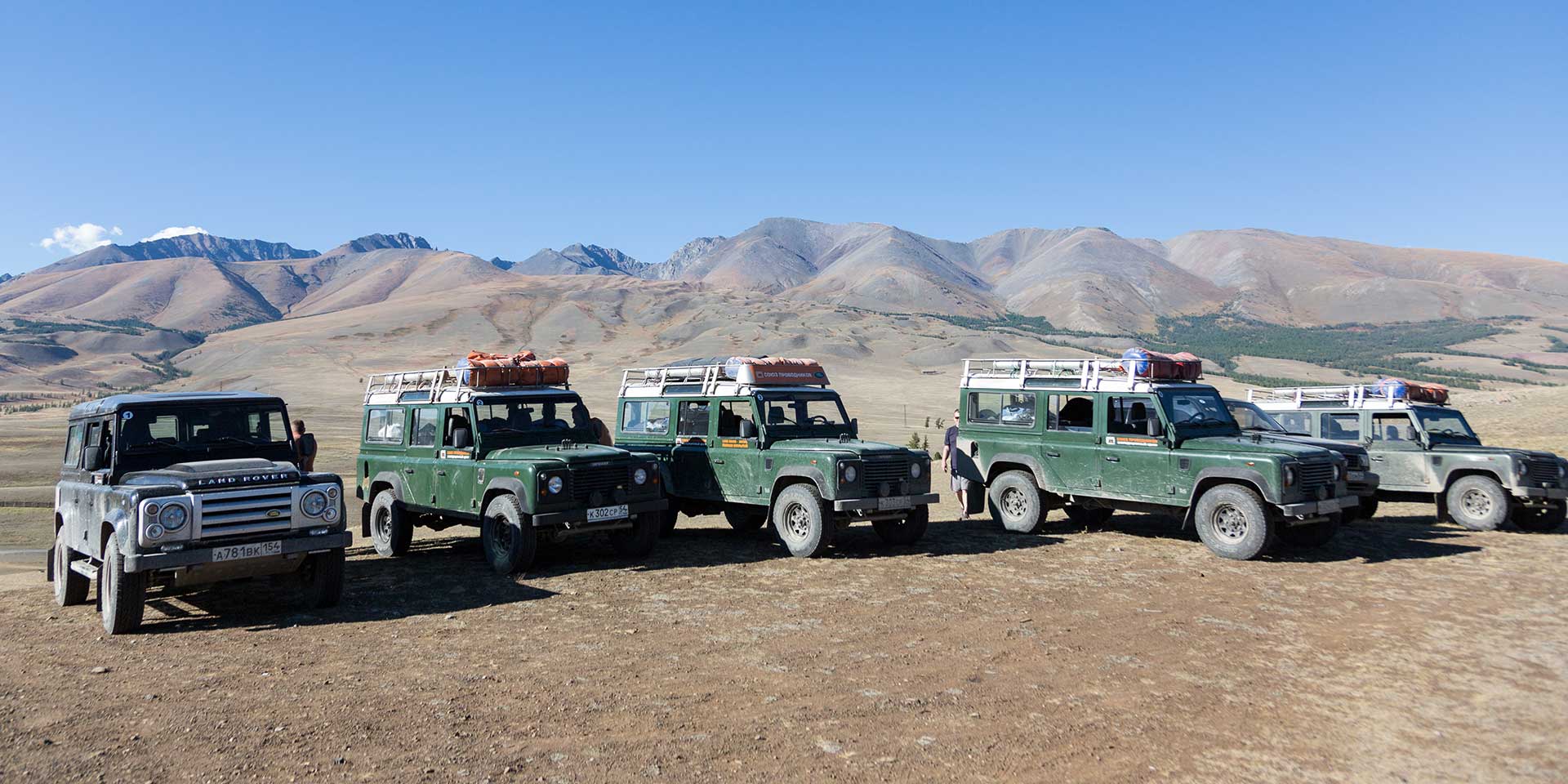
After exploring the charming Siberian cities of Tomsk and Novosibirsk for a day apiece, I prepared to plunge deep into the Altai mountains, a majestic range that runs along the borders of Mongolia, China and Kazakhstan.
We were two Americans and 16 Russians departing by private bus, embarking on the 12-hour overnight journey to Lake Teletskoye. The ride was uneventful besides the loud music and singing from some of my companions who had enjoyed a few too many drinks.
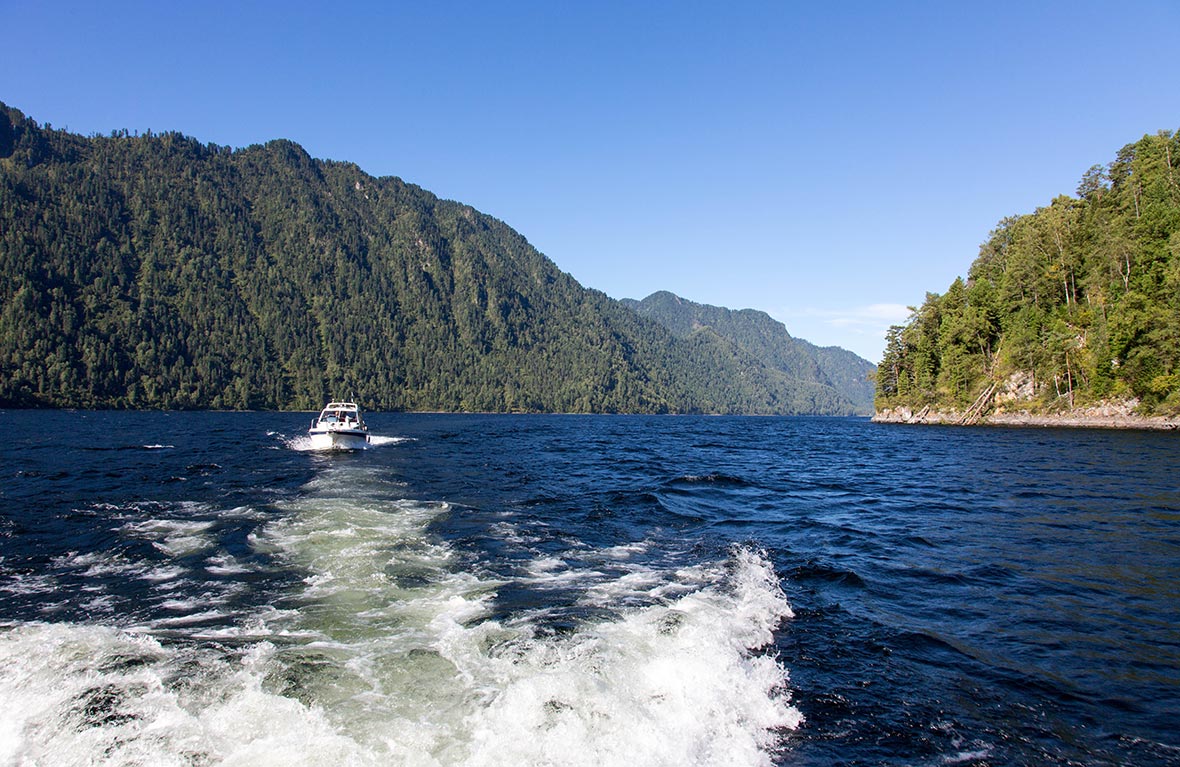
It was nearing 7am when we arrived lakeside at Artybash village and though the scenery was stunning the air was bitingly cold and I began to think I’d overestimated my ability to sleep outside. Fortunately though, the day warmed up very quickly and I’d later learn that the other destinations on the agenda were warmer than the lake.
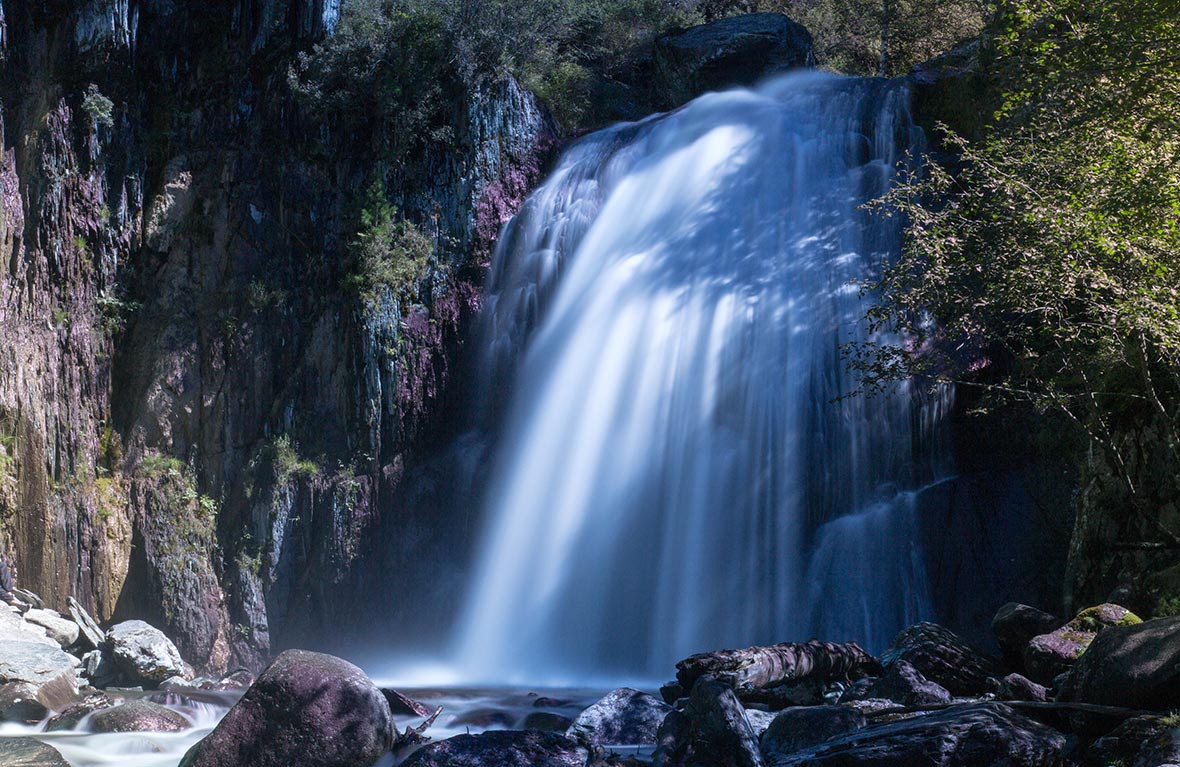
After a simple and quick breakfast, we boarded four speedboats and headed off at high speed to the left bank of Lake Teletskoye. Here, at “Stone Creek” we waited for some rough waves around our destination to subside and had some tea on the beach with a friendly family. Off we went again to Korbu waterfall on the right bank, which is part of the Altai State Nature Biosphere Reserve. The numerous little restaurants and souvenir shops gather quite a crowd and there were probably 20 tourists climbing around the waterfall. It was pretty enough, but I was happy to leave and set off to parts less explored.
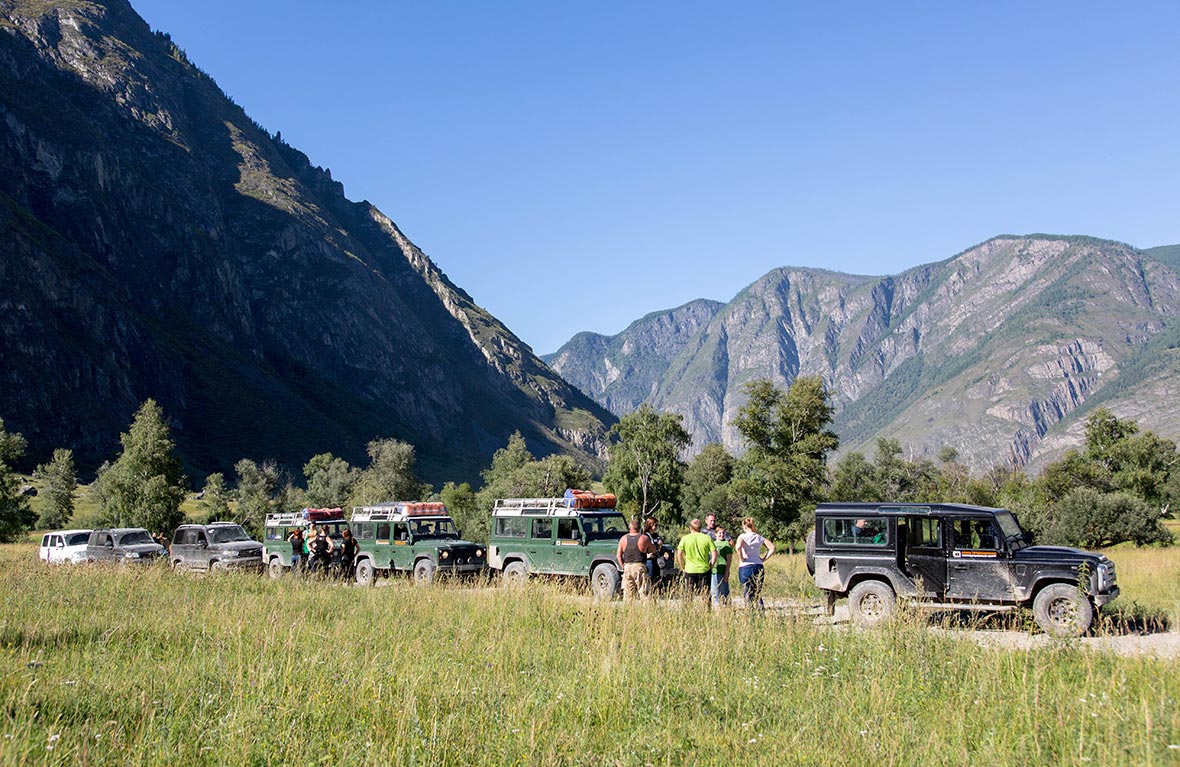
Back in our speedboats, we rode for approximately an hour to the south bank of the lake, where we lunched and boarded our convoy of Land Rover Defenders to properly begin our Altai expedition. Riding in the lead vehicle with our driver, Alexander, was a treat. Twenty years of driving in the Altais as well as all over Asia will have its effect and Alexander was not only an impressive driver but engaging and charismatic. For three days we were privy to his stories and experiences (via our translators) and we learned, among many other things, that in that area, people always measure distance in kilometers rather than time – an interesting insight into how they think. To Alexander and his countrymen, it isn’t about how long, but about how far; for them, time doesn’t matter.

Cruising along the Chulyshman River, we passed picturesque villages and farms on the way to our basic camp in the Chulyshman Valley, ringed by beautiful mountains, a scene reminiscent of my time in Kyrgyzstan, although Siberia was much greener. Some of the Russians braved the river waters for an invigorating afternoon dip, but I was convinced anyone of any other nationality would perish if attempting to do the same, so I passed on that chance.
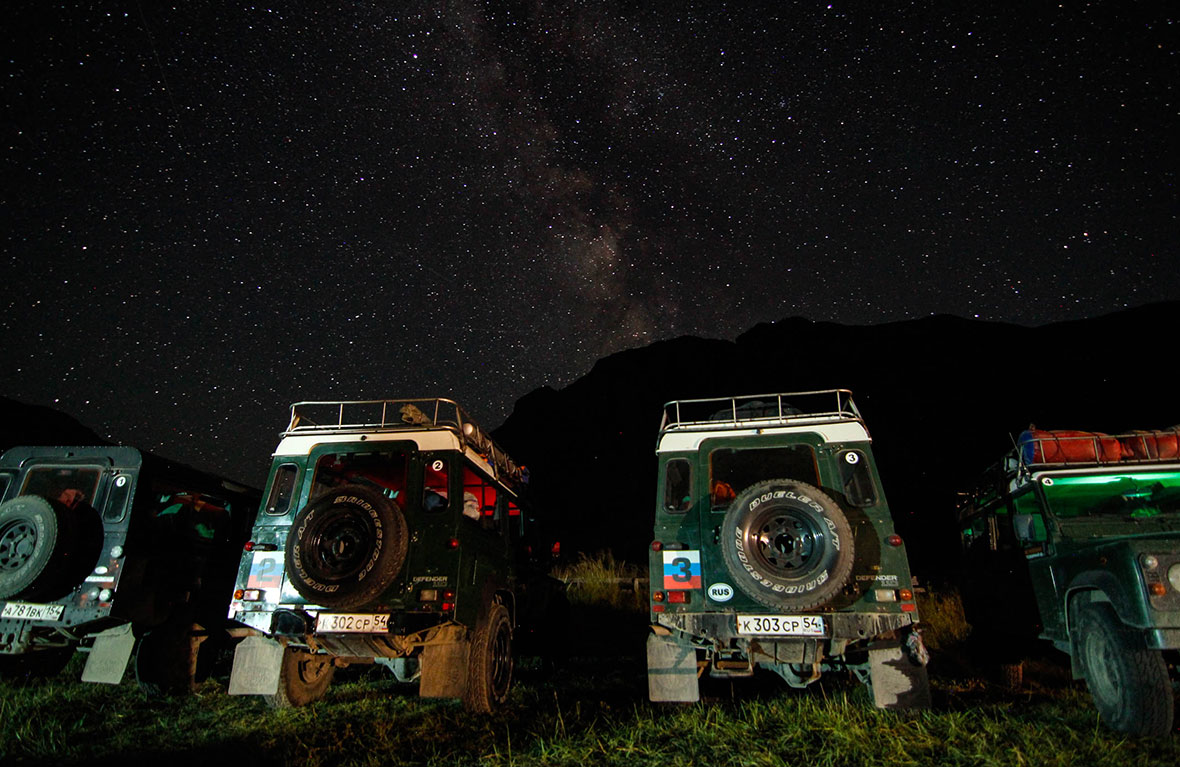
The ‘cabin’ I shared with my American traveling companion was, in truth, more like a shed, but it was clean and comfortable and at least indoors. The night was cold, but the blanket of stars across the sky was absolutely worth it.

At 6am the following morning, after a peaceful sleep, six of us hopped aboard a small boat to cross the Chulyshman river to hike for a challenging hour uphill to see the “Stone Mushrooms”. Reaching the top, we spent almost an hour wondering at these distinctive rock formations, some of which are 16 feet high, eroded by weather and water to take on the appearance of huge, stone mushrooms. Back at camp, after rejoining the group for breakfast, it was time to hit the road for a full day’s drive.
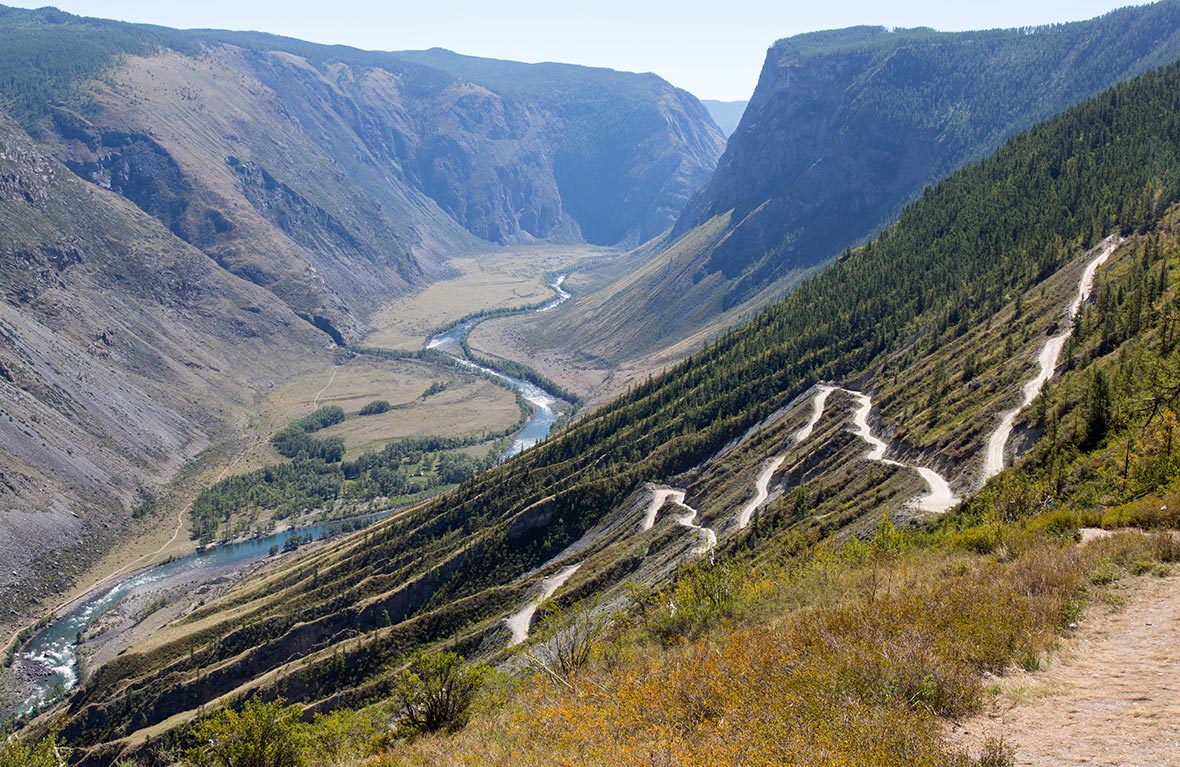
After about an hour, the terrain became more mountainous, the road zig zagging up the hillside. Arriving at the top first, I hopped out of my Land Rover and set up my tripod to catch the rest of the group coming up; this was definitely one of the trip’s highlights for me.
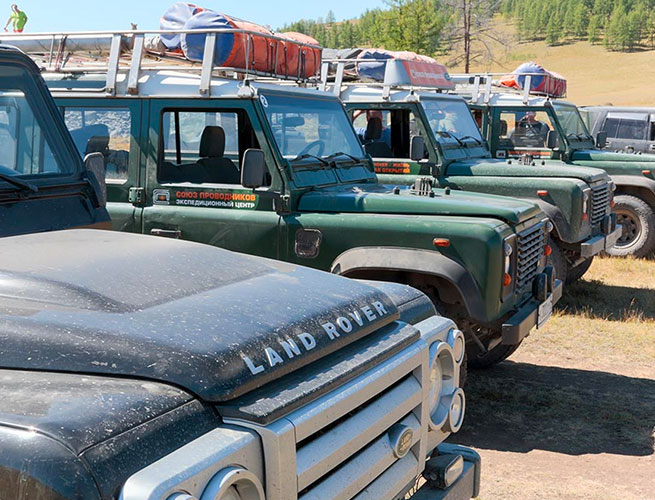
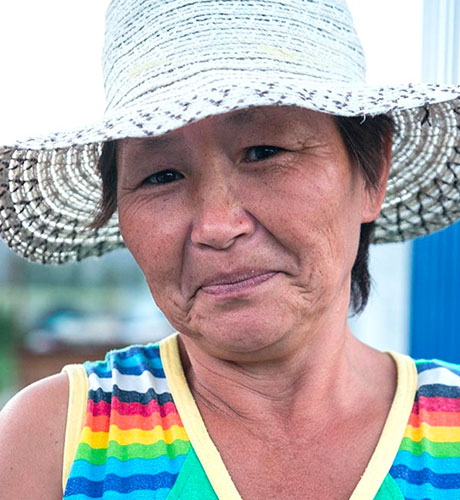

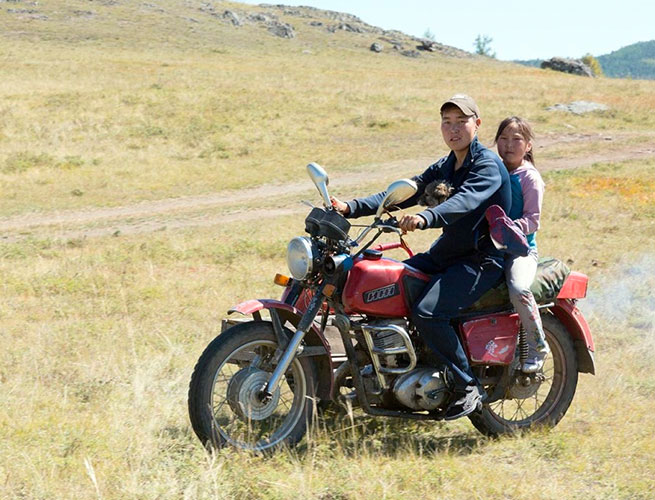
Onwards through the Katu-Yaryk Pass, we stopped to see the “frozen tombs of Pazyryk” – stony mounds from the Iron Age, decorated with petroglyphs of disputed origin. Eight years ago, mummified bodies were excavated here and though the markings on the tombs share similarities with those of the Japanese, the Turkish and even Native Americans, it was the Turks who claimed them. While we explored the site, our Russian guides made a point to remove the Turkish flags. International controversy aside, it’s a place of fascinating history and stunning surrounding panoramas. Some locals buzzed by on motorbikes, reminding me of scenes I had encountered in the Mongolian Gobi.
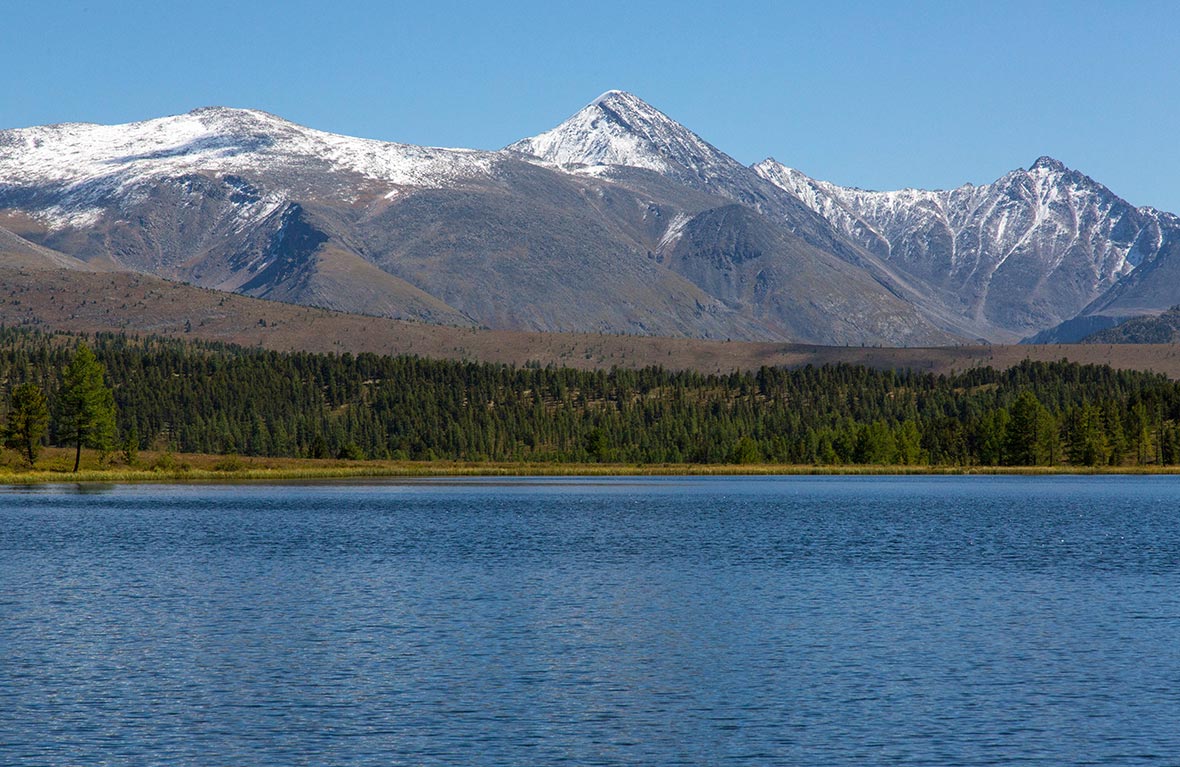
As our convoy proceeded into the Ulagan Pass, snow-capped mountains dramatically came into sight in the distance for the first time. We stopped for lunch at the gorgeous Abchidon Lake, which is also known as the “Dead Lake” as it was once rumoured to contain no fish (I am not sure that holds true today, however). As our drivers cooked up a lunch of Siberian soup, the Russians among us opted to take another swim in the cold lake waters while I wandered to the other side of the lake to take some photos of the snowy peaks that rise above the dense pine and hardwood trees surrounding the lake.
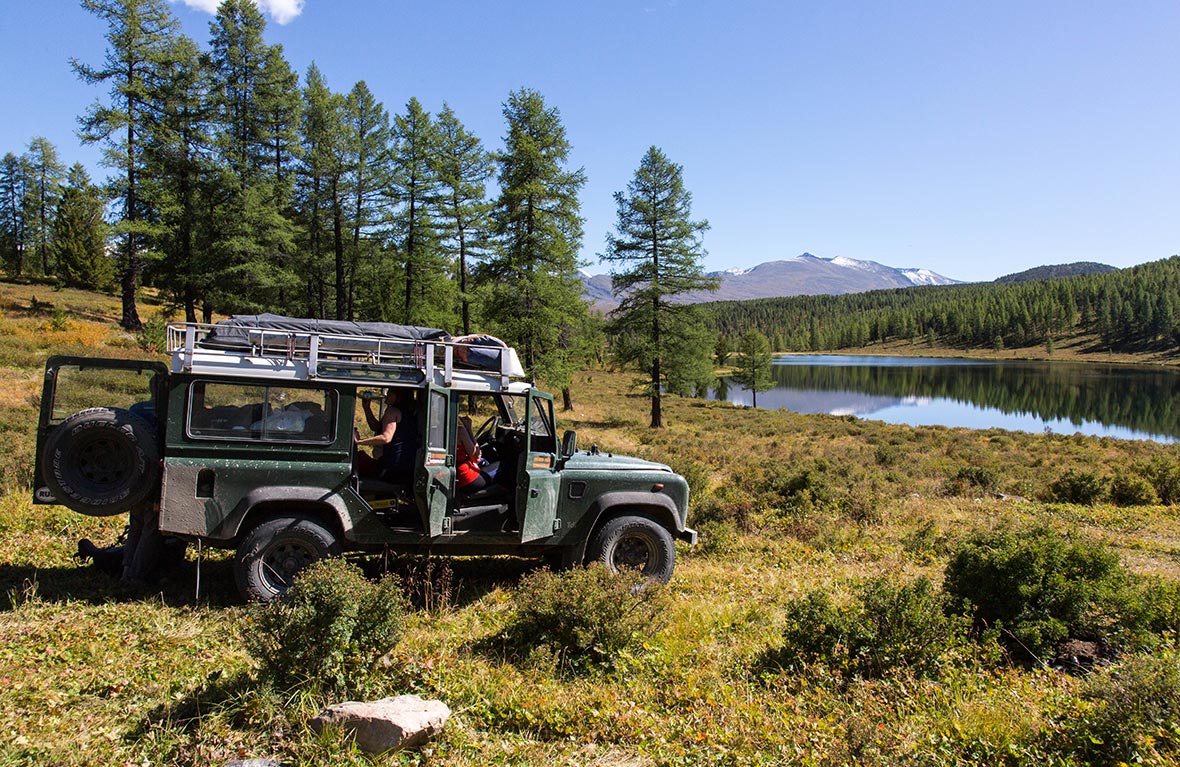
After our surprisingly delicious soup, we set off again, passing through the village of Aktash, into the Chuysky Trakt and the so called “Red Gate” – a narrow passage through the mountains. Stretching for more than 600 miles between Novosibirsk and the border with Mongolia, it has become a major connecting route. Built in the early 1930s by Gulag inmates, the route’s history dates back much further. As far back as 5,000 years ago, horse and camel-drawn caravans laden with goods from all over Asia traversed this trail, through punishing and varied terrain, in the shadow of the Aktry mountains, which translates as “White Hat” and it became a vital part of the northern branch of the Great Silk Road.
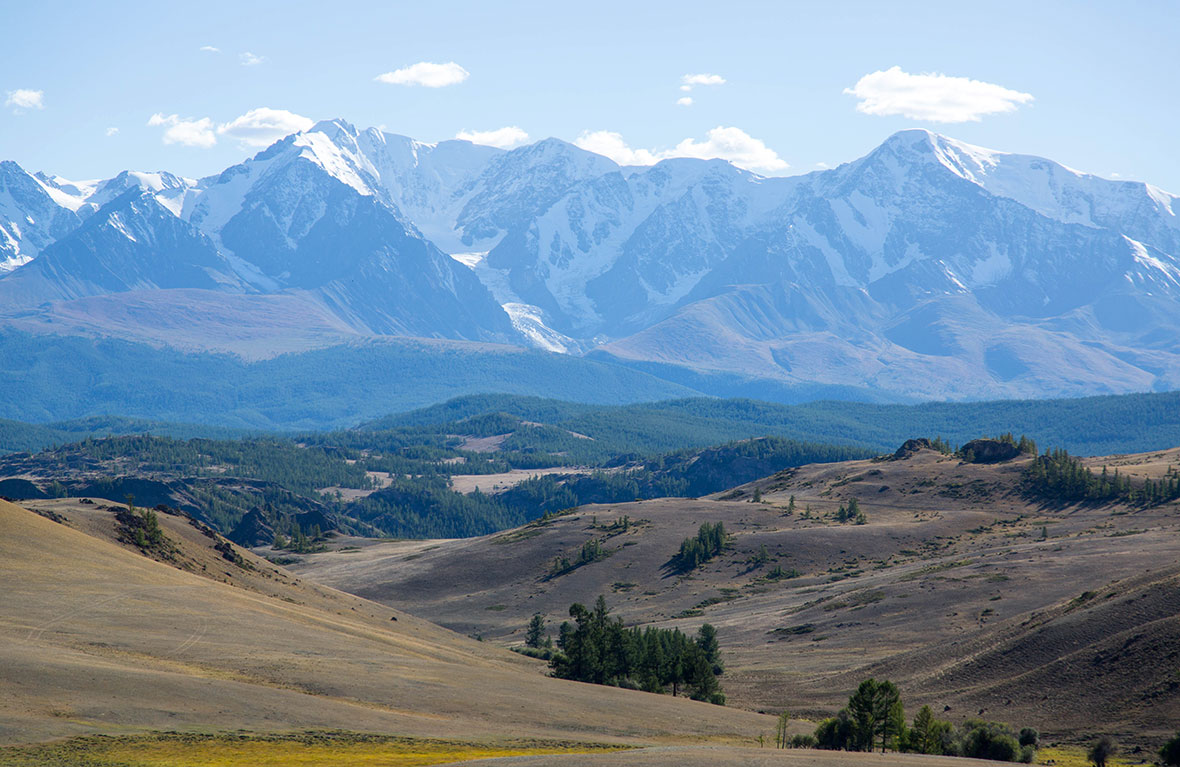
Along the Chuysky Trakt we drove into the Valley of Chuya, following the river and enjoying the best view of snow-capped mountains on the trip. We made a stop at Chuy-Oozy, where the Chuya and Katun rivers meet, to make the most of a beautiful viewpoint. Back in our Land Rovers, we drove on to the Chike-Taman Pass and ended the day in the village of Ongudai for the night, where we were pleasantly surprised to find our lodgings featured a real toilet and shower.
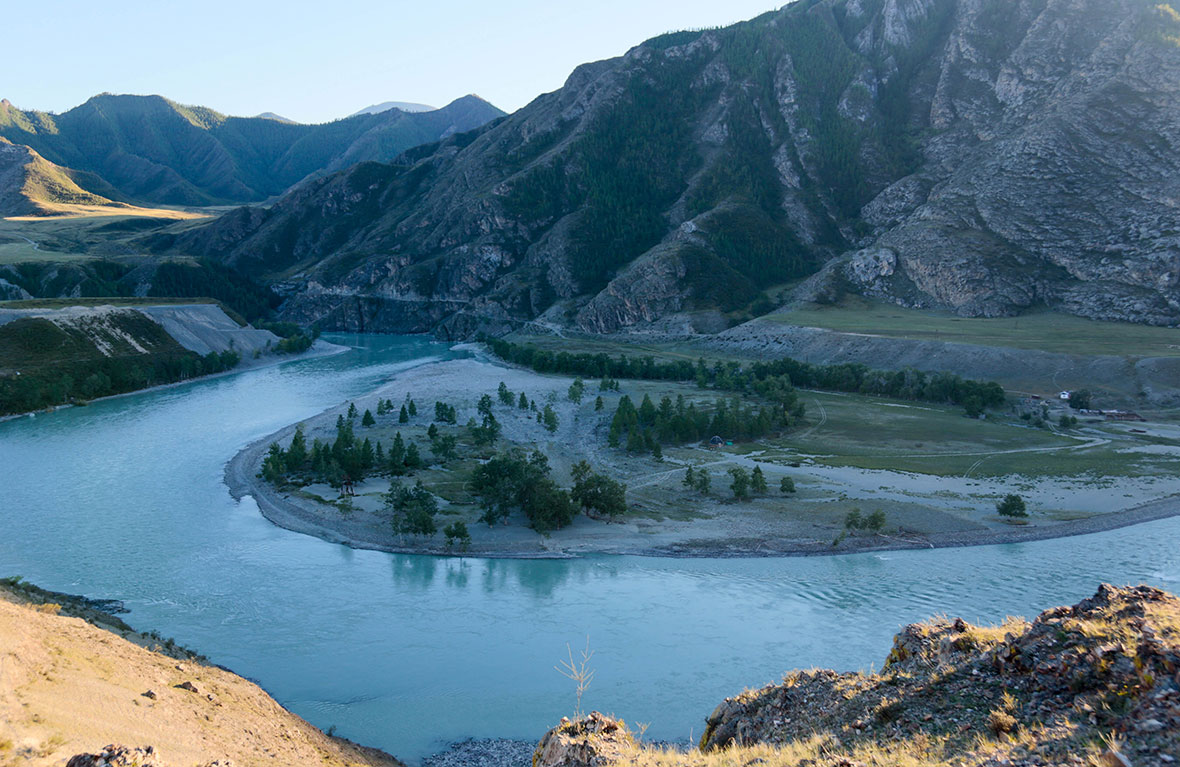
Our last day saw us depart Ongudai at 8am to begin our journey back to Novosibirsk. The first two hours took us through the Seminsky Pass – the highest point on the Chuysky highway; after that though, the mountains faded into the background and for the final ten hours, we cruised through farmland and small Russian towns and villages.
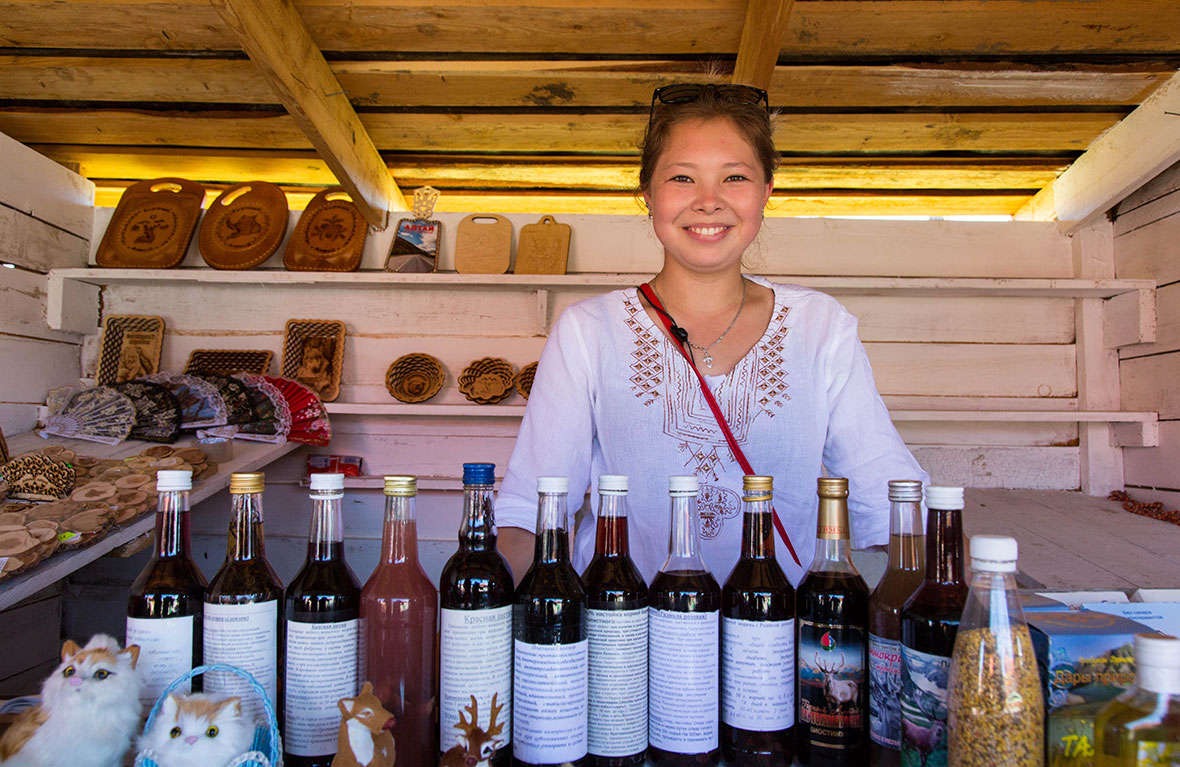
We left Altai refreshed from the great outdoors, memories of its dramatic, mountainous scenery forever ingrained in our heads.


